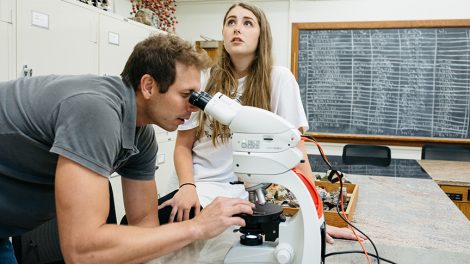
Dec 1, 2017
Traveling in Geology’s Time Machine
By Katie Neitz The razor-thin nearly transparent slide that’s under Justine Perrotti’s microscope lens used to be a hunk of rock. That used to be a…

By Katie Neitz The razor-thin nearly transparent slide that’s under Justine Perrotti’s microscope lens used to be a hunk of rock. That used to be a…
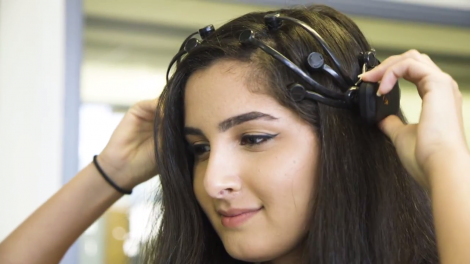
Simone Khalifa '20 is using her interests in art and electrical & computer engineering in a research project to develop a brain-computer interface designed…
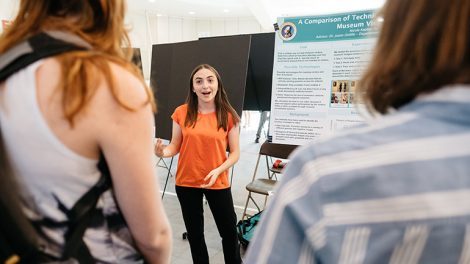
Undergraduates work alongside faculty on substantial research projects, like the effect of steroid hormones on male zebra finches or developing a solar…
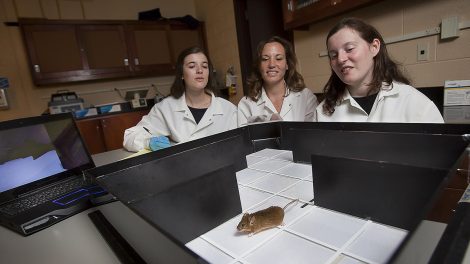
By Katie Neitz Despite research suggesting that poor readers can be identified by the first grade, the rate of false negatives in testing them is as high…
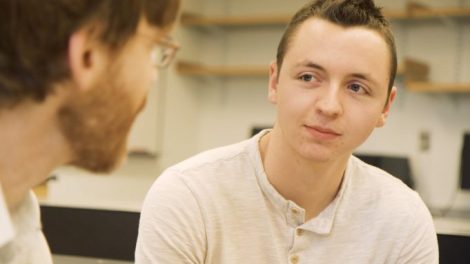
By Stephen Wilson Brooks Thomas, assistant professor of physics, has received a three-year, $120,000 grant from the National Science Foundation (NSF) to…
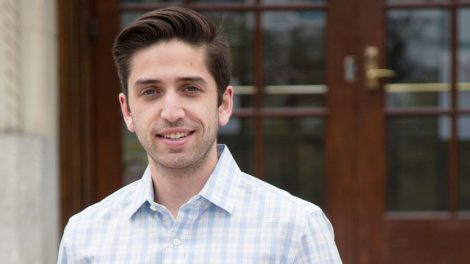
By Kevin Gray The availability of affordable energy, or energy security, is one of the biggest challenges facing governments today. Il Hyun Cho, assistant…
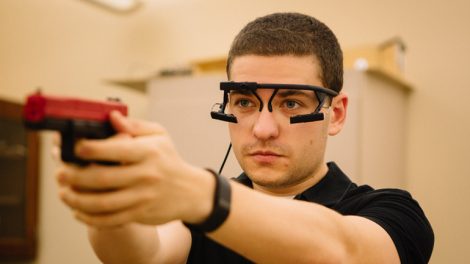
By Mark Eyerly Noah Steinberg ’17 traces his fascination with the brain to a seventh-grade biology class, in which a substitute teacher showed a movie…
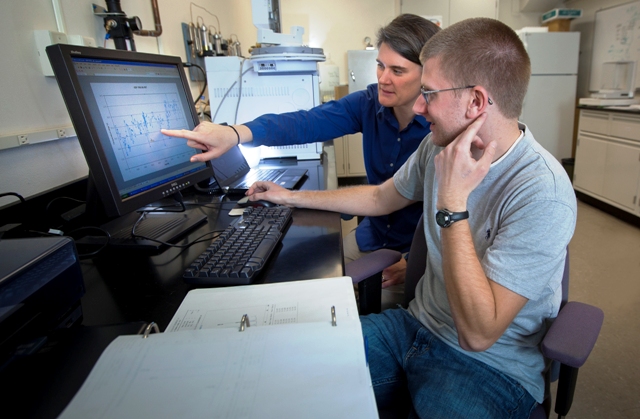
The work that Prof. Kira Lawrence is doing today may help predict our planet’s climate in the near future. Lawrence, associate professor of geology, uses…

In a room on the bottom floor of Acopian Engineering Center, students cluster in the slim space around what looks like a mammoth fish tank draped in electronics…
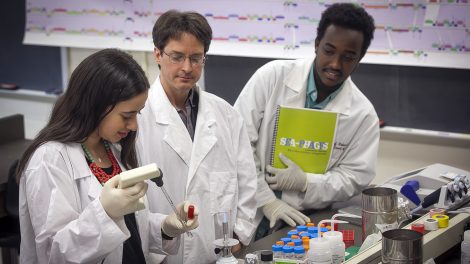
Phages – viruses that infect bacteria – are the most abundant organisms on earth, numbering approximately 1031 (“…that’s 10 with 31 zeros after…